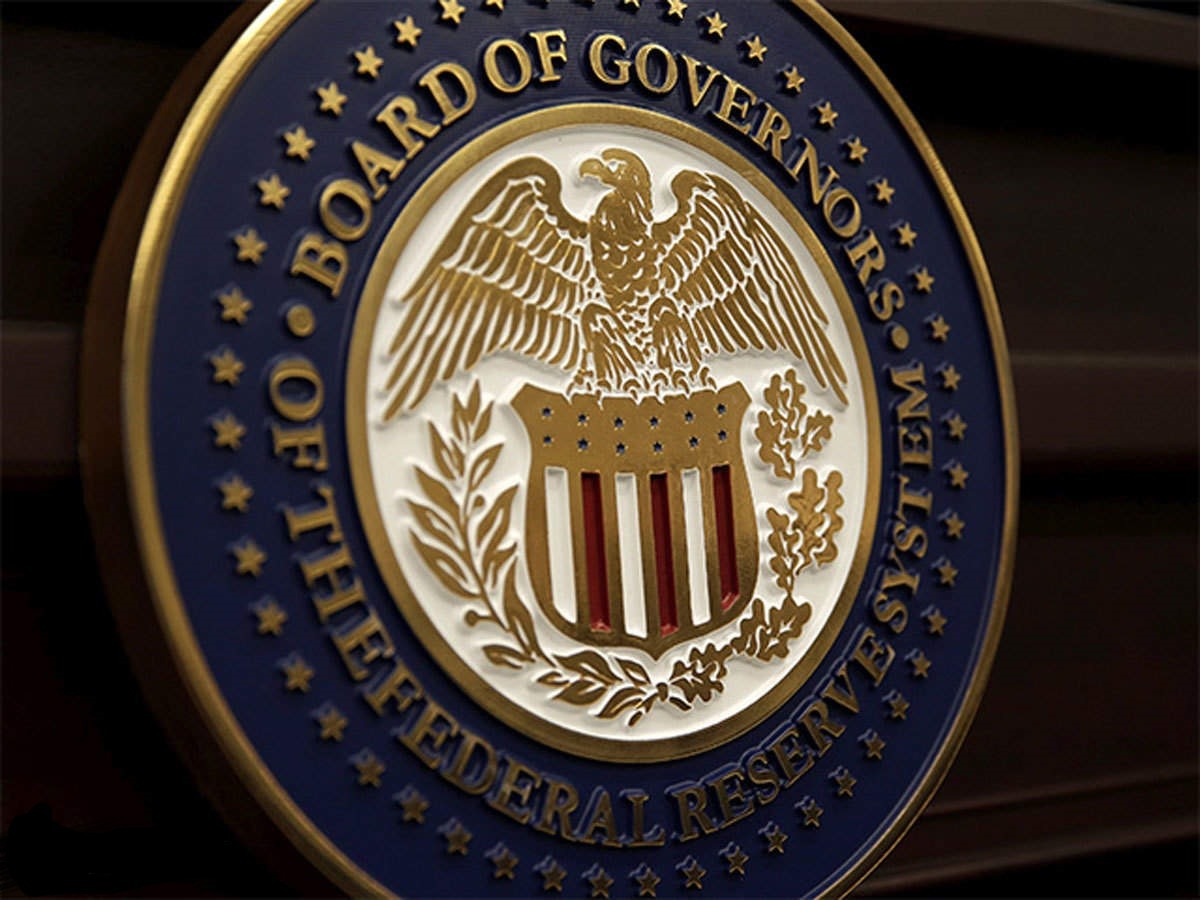8/23/24: Fed Chair Powell's Jackson Hole Speech Signals Potential Rate Cuts Amidst Easing Inflation and Employment Risks
Aug 23, 2024 | Weekly Highlights

In a light data week investors were focused on a speech from Fed Chair Powell at the Economic Symposium in Jackson Hole, Wyoming, on Friday. These annual retreats for global central bankers have often coincided with inflection points in monetary policy. Recall back in 2022, Powell spoke about the need to inflict pain on the economy through higher interest rates to bring down inflation, while in 2023 he gave a more balanced outlook which helped calm markets. This year market participants were looking for Powell to acknowledge the Fed was ready to start easing monetary policy.
The tone was set earlier in the week when minutes were released from the July Federal Open Market Committee (FOMC) meeting. The minutes highlighted a notable shift in policy emphasis from the price stability to employment component of the Fed’s dual mandate as inflation has cooled towards its 2% target and labor market strength moderated. Indeed, in its annual benchmark revision this week, the Bureau of Labor Statistics lowered its estimate of payroll growth by a significant 818,000 jobs in the year through March 2024. The minutes also revealed a majority of FOMC members supported a September reduction in interest rates, while some even supported a move lower back in July.
In his remarks at Jackson Hole, Powell said “the time has come to adjust policy” suggesting that the Fed will indeed start to lower rates in September. He noted that “upside risks to inflation have diminished” while “downside risks to employment have increased” and that the Fed did “not seek or welcome any further cooling in labor market conditions”. All told, this was a more dovish delivery than the market expected.
At the time of writing Treasury yields were lower on the week, with the 2-year trading around 3.90% and 10-year around 3.80%. Yields have fallen materially in the past few months, back in May the 2-year was above 5.00% and 10-year above 4.50%. As the Fed begins to ease policy rates, we expect the yield curve to continue to steepen and become positively sloped again.
The Chandler team remains in the camp of at least two 0.25% reductions in the Federal Funds target rate (from 5.25-5.50% currently) during the three remaining FOMC meetings this year. Looking out towards next year and beyond, we continue to believe that the Fed will be measured in its pace and magnitude of easing while economic growth moderates but remains robust, and for interest rates to ultimately settle out at a higher, more normalized level than in the decade preceding the pandemic.
Next Week:
Durable Goods Orders, FHFA House Price Index, Case-Shiller 20-City Home Price Index, Conference Board Consumer Confidence, Q2 GDP Second Estimate, Jobless Claims, Pending Home Sales, Personal Consumption Expenditure Index, University of Michigan Sentiment
© 2024 Chandler Asset Management, Inc. An Independent Registered Investment Adviser. All rights reserved. Data source: Bloomberg, Federal Reserve, and the US Department of Labor. This report is provided for informational purposes only and should not be construed as specific investment or legal advice. The information contained herein was obtained from sources believed to be reliable as of the date of publication, but may become outdated or superseded at any time without notice. Any opinions or views expressed are based on current market conditions and are subject to change. This report may contain forecasts and forward-looking statements which are inherently limited and should not be relied upon as an indicator of future results. Past performance is not indicative of future results. This report is not intended to constitute an offer, solicitation, recommendation, or advice regarding any securities or investment strategy and should not be regarded by recipients as a substitute for the exercise of their own judgment. Fixed income investments are subject to interest rate, credit, and market risk. Interest rate risk: The value of fixed income investments will decline as interest rates rise. Credit risk: the possibility that the borrower may not be able to repay interest and principal. Low-rated bonds generally have to pay higher interest rates to attract investors willing to take on greater risk. Market risk: the bond market, in general, could decline due to economic conditions, especially during periods of rising interest rates.